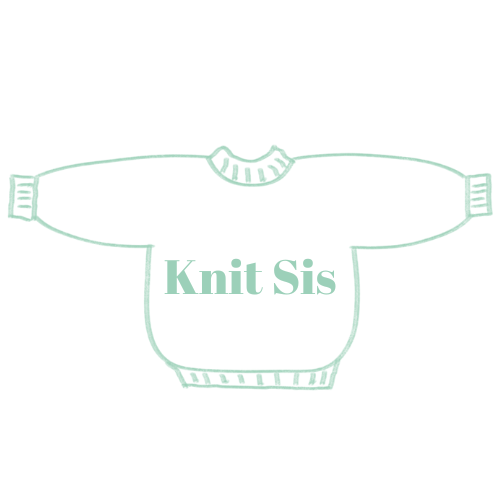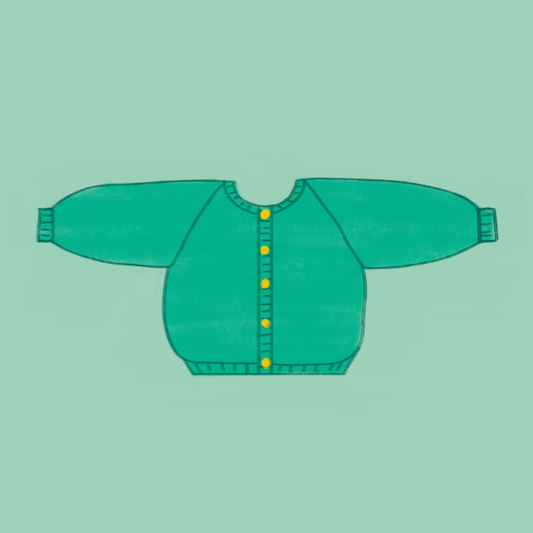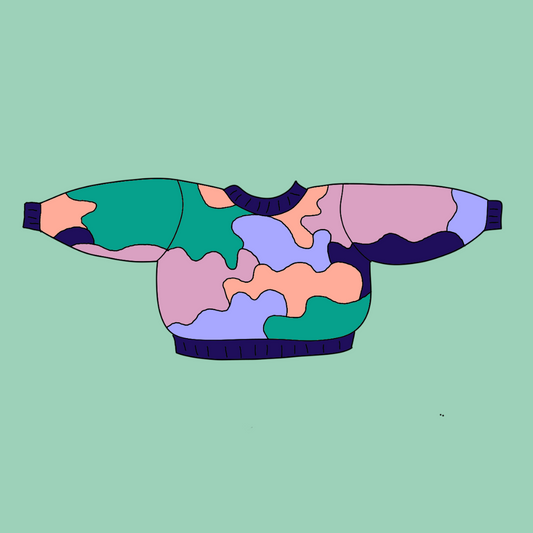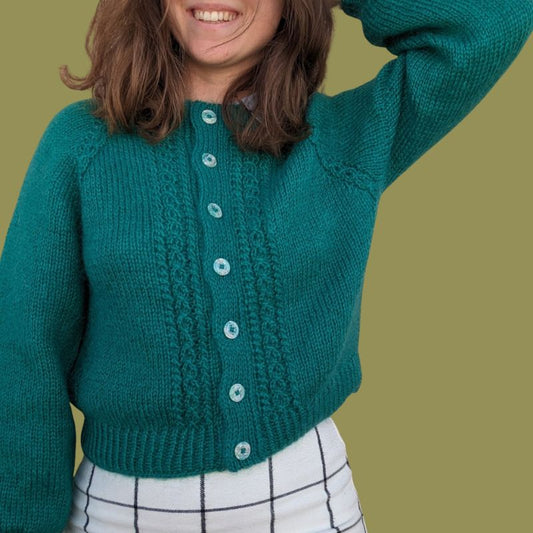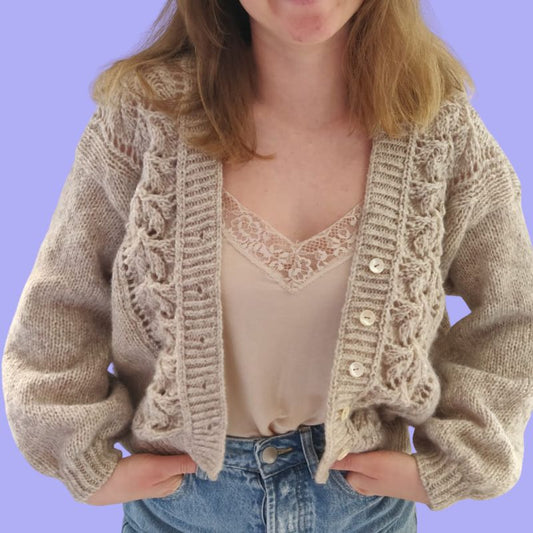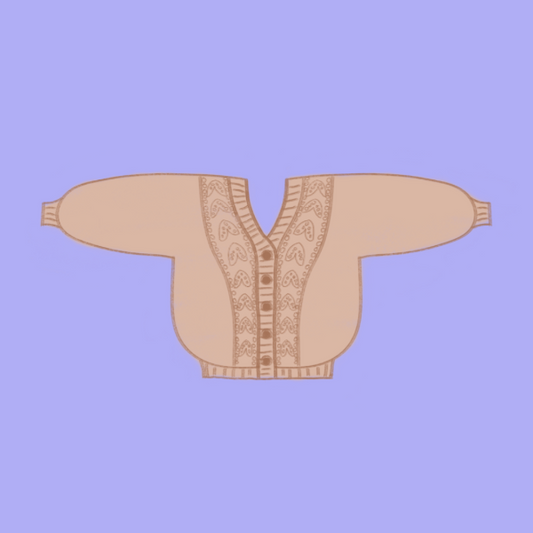How to use T-pins for perfect blocking of your knits?
Knit SisShare
🎉 You've finally finished your latest knitting project! Your sweater, shawl, or blanket is beautiful, but... it's missing that little something to achieve that professional, flawless finish. The secret? 👉 Blocking! And for that, T-pins are your essential allies 🧷. These simple little accessories transform your creations into true works of art by revealing the patterns and ensuring perfect finishes. Follow this complete guide to learn how to use them like a pro and bring your knits to life! 🧶✨
1. What is a T-pin and why use it? 🧷
T-pins are tools specially designed for blocking knitting. What's special about them? Their T-shaped head makes them easy to handle and provides a better grip, even for delicate yarns. 💡 Here's why they're ideal:
✅ They securely fix your knitting: their length allows edges and patterns to be held firmly in place.
✅ They protect your threads: thanks to their design and their often stainless material, they prevent damage to the stitches.
✅ They guarantee even tension: perfect for projects like jacquard, cables or openwork stitches.
🛠️ Handy tip : Combine them with a blocking mat for optimal results.
2. Why is blocking essential for your knitting projects? 🧺
Blocking is a key step in any finished knitting project. Here's why it's essential:
💎 Perfect shaping: it allows you to define the exact dimensions of your knitting (especially important for clothing).
🖼️ Sublimation of patterns: openwork, cables, jacquard… Blocking reveals all the details of your work.
🎯 Professional finishing: A well-blocked knit exudes perfection and highlights your hours of work.
✨ Did you know? Knits made from natural fibers (wool, alpaca, cotton) particularly benefit from blocking, as they take the desired shape better after drying.
3. Step by step: How to use T-pins to block your knitting? 🧷📏
You don't need to be an expert to master blocking. Follow these simple steps for flawless results:
1️⃣ Prepare your equipment
T-pins 🧷.
A blocking mat (or a suitable surface, such as a mattress or yoga mat covered with a towel) 🛏️.
A water spray bottle 💦 or a basin if you prefer water blocking.
2️⃣ Dampen your knitting
Gently soak your project in warm water for 15 to 20 minutes, then gently squeeze out the excess water without wringing (use a towel to absorb the moisture). If you prefer, lightly mist your knitting to moisten it evenly.
3️⃣ Position your knitting
Lay your project out on the blocking mat, shaping it to your desired shape. Make sure the edges are straight and the corners are neat. 🧘♀️ Take your time adjusting the dimensions.
4️⃣ Secure with T-pins
Place T-pins in the edges of the knitting and in the corners to maintain tension.
If your project contains patterns, add pins around the details to define them.
Maintain regular spacing to avoid distortion.
5️⃣ Let it dry completely
Patience is key! ⏳ Let your knit air dry, lying flat, until completely dry. This can take between 24 and 48 hours depending on the thickness of the fiber.
🎯 Bonus tip : Avoid humid or poorly ventilated areas to prevent unpleasant odors.
4. Practical tips for successful blocking 🌟
-
Invest in the right accessories: a blocking mat with markers (grids or lines) makes it easier to achieve precise dimensions.
-
Work on a clean, stable surface to avoid accidents.
-
Use a steam iron for delicate fibers (without directly touching the knit).
5. Concrete examples: Enhance your Knit-Sis patterns with blocking 🧶✨
Blocking is essential to revealing the full beauty of Knit-Sis patterns. Here are some concrete examples where T-pins make all the difference:
1️⃣ The Festi Vest
This colorful and festive pattern, designed for intermediate to advanced knitters, features a seamless construction. Blocking is essential for aligning the motifs and ensuring a perfect shape for each sleeve and neckline. Using T-pins, you can define the edges and bring out the raglan structure in a clean and elegant way.
2️⃣ The Cabbage Vest (Cardichou)
Ideal for beginners, this simple yet stylish cardigan benefits greatly from blocking to smooth out the ribbing and sleeves. Blocking allows for flattering increases and maintains a perfect fit, while adjusting the size and length to suit your personal preference.
3️⃣ The Marguerite Vest
This refined design with its openwork motifs requires precise blocking to bring out the delicacy of the floral motifs. Using T-pins to hold the edges and motifs in place allows the texture to be revealed while maintaining the elegance of the piece.
4️⃣ The Elmer Vest
With its two-tone basketweave stitch, blocking is crucial to ensure the graphic patterns stand out as they should. Using T-pins, you can define each section of the pattern and give this cardigan a clean, structured finish.
👉 Ready to try? Discover our selection of locking accessories on knit-sis.com and give your knits the look they deserve! ✂️💖
